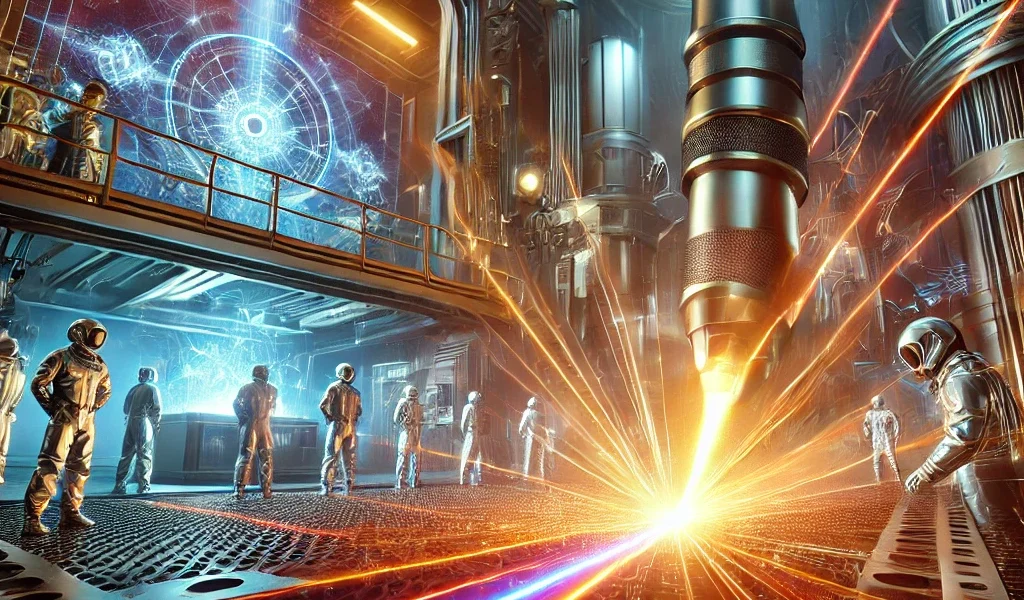Lasers—those beams of concentrated light—have captivated scientists, engineers, and storytellers alike. From laser pointers to cutting-edge surgical tools, they’ve changed our world. But what about arduous laser technology? It’s not a term you hear every day, yet it’s driving some of the most challenging and awe-inspiring advancements in science and engineering. arduous laser technology
Let’s dive into what makes this technology so complex, why it matters, and how it’s pushing the boundaries of innovation. We’ll unpack the nitty-gritty details, bust a few myths, and explore the exciting possibilities this tech holds for our future. Ready? Let’s shine some light on this topic!
What Is Arduous Laser Technology?
Arduous laser technology isn’t your run-of-the-mill innovation. It involves creating and manipulating laser systems that operate under extreme conditions or perform highly specialized tasks. Think about it: designing lasers to function in outer space or to pinpoint cancer cells with mind-boggling precision isn’t exactly a cakewalk. Here’s what sets it apart:
- High Intensity: These lasers generate extreme power outputs, often measured in petawatts (that’s a quadrillion watts!).
- Precision Engineering: Tiny errors can lead to colossal failures, making precision non-negotiable.
- Extreme Environments: Arduous lasers are often deployed in unforgiving conditions, such as deep-sea exploration or harsh deserts.
Why Does It Matter?
Well, for starters, arduous laser technology is the backbone of several futuristic applications. Imagine harnessing laser beams to:
- Conduct nuclear fusion experiments for clean energy.
- Perform non-invasive surgeries with millimeter accuracy.
- Cut materials with unparalleled precision in manufacturing.
These are just the tip of the iceberg!
The Challenges of Arduous Laser Technology
Developing such advanced laser systems isn’t all sunshine and rainbows. It’s a grind. Let’s take a closer look at the roadblocks:
1. Heat Management
High-powered lasers generate heat—a lot of it. Without proper cooling systems, the components could overheat, warp, or even break down. Engineers are constantly pushing the envelope with innovative cooling techniques like liquid nitrogen systems and advanced heat sinks. arduous laser technology
2. Material Constraints
Finding materials that can withstand the intense energy and heat produced by arduous lasers is a Herculean task. Specialized crystals and alloys are often used, but they come with a hefty price tag.
3. Precision Requirements
When operating at such high intensities, even the tiniest misalignment can derail an entire system. Designing and maintaining these lasers requires meticulous attention to detail and state-of-the-art calibration tools.
4. Energy Consumption
These lasers are power-hungry beasts. Developing efficient systems to handle their energy demands without draining resources is another significant challenge.
Applications That Are Lighting the Way
Despite the hurdles, arduous laser technology is carving out a niche in various fields. Here’s a glimpse of where it’s making waves:
1. Medicine: Healing With Light
Lasers have revolutionized healthcare, but arduous laser technology takes it a step further. For instance:
- Cancer Treatment: Advanced lasers are being used to target and destroy tumors without damaging surrounding tissues.
- Vision Correction: High-precision lasers reshape corneas in corrective surgeries like LASIK.
2. Energy: Powering the Future
One of the most ambitious goals of arduous laser technology is achieving nuclear fusion—a potentially limitless source of clean energy. By focusing intense laser beams on hydrogen isotopes, scientists aim to replicate the processes happening inside stars.
3. Space Exploration: Beyond Our World
Lasers aren’t just for sci-fi. In reality, arduous laser systems are being used to:
- Propel spacecraft using light sails.
- Map distant planets with astonishing accuracy.
- Communicate across vast distances without signal loss.
4. Manufacturing: Precision at Its Peak
From cutting ultrathin sheets of metal to 3D printing intricate designs, arduous laser systems are transforming how we build and create.
FAQs About Arduous Laser Technology
1. Why is it called “arduous” laser technology?
The term “arduous” reflects the extreme challenges involved in developing and deploying these systems, from their energy demands to their intricate designs.
2. Are there environmental concerns with laser technology?
While lasers themselves are clean energy tools, the power required to operate them can be substantial. Researchers are working on making these systems more energy-efficient.
3. How expensive are these systems?
The costs can range from hundreds of thousands to millions of dollars, depending on the application and complexity.
4. What industries benefit the most from arduous laser technology?
Medicine, aerospace, manufacturing, and energy are currently the biggest beneficiaries.
The Future of Arduous Laser Technology
Looking ahead, the potential of arduous laser technology seems limitless. Here’s what’s on the horizon:
- Miniaturization: Smaller, more portable lasers could revolutionize medical devices and personal technology.
- Green Energy Solutions: As fusion research advances, lasers may hold the key to a sustainable energy future.
- AI Integration: Smart systems could enhance laser precision and reduce human error.
- New Frontiers: From deep-sea exploration to asteroid mining, lasers could unlock worlds we’ve yet to explore.
Conclusion
Arduous laser technology may sound like something out of a sci-fi blockbuster, but it’s very much a part of our reality. With its unparalleled precision, extreme power, and transformative applications, this technology is shaping industries and redefining what’s possible. While the challenges are many, the rewards are even greater. Who knows? The next breakthrough might just beam its way into our lives sooner than we think. arduous laser technology
So, whether you’re dreaming of space-age gadgets or wondering how lasers might cure diseases, keep an eye on this field. It’s an arduous journey, but the light at the end of the tunnel is brighter than ever.





